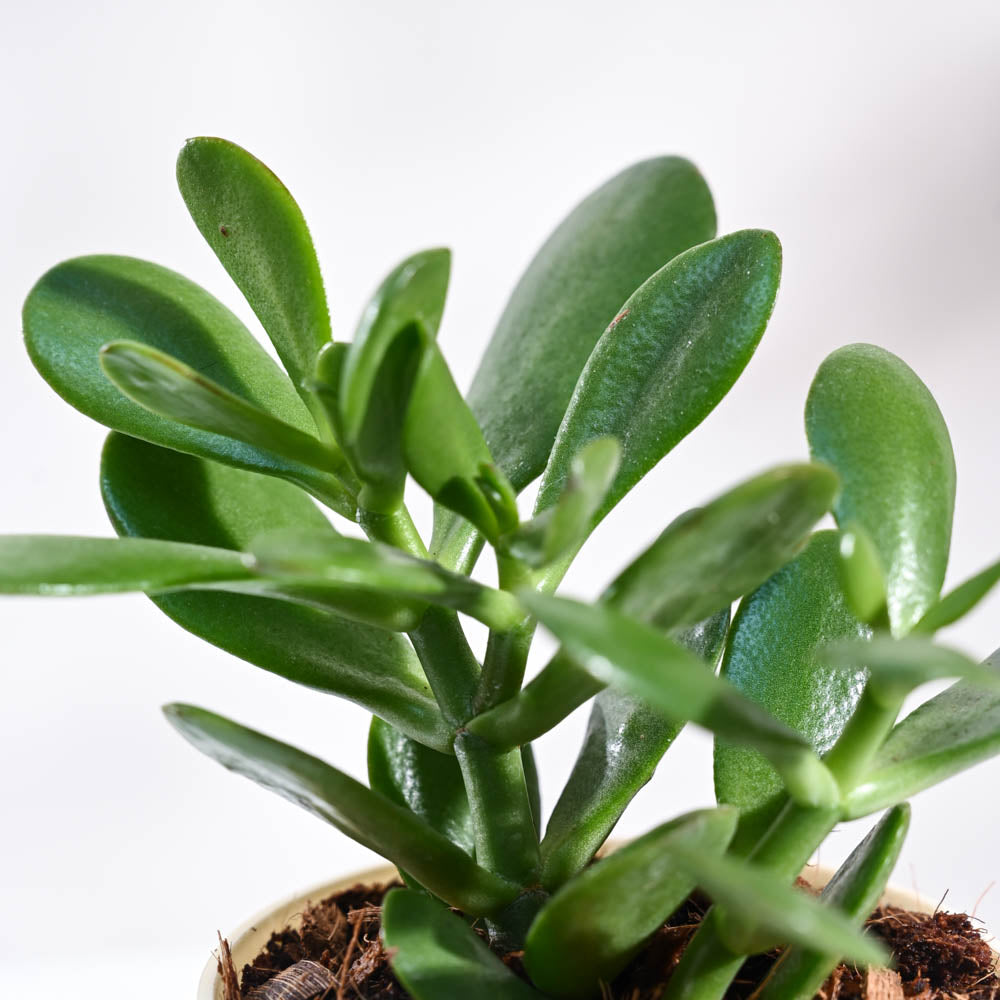Crassula ovata, commonly known as the Jade Plant or Friendship Tree, is a popular succulent native to South Africa. Its thick, fleshy leaves and vibrant green color make it a beloved houseplant. This hardy plant is relatively easy to care for, making it an excellent choice for both seasoned and novice gardeners.
Characteristics and Appearance
The Jade Plant is characterized by its succulent leaves, which are typically oval-shaped and fleshy. The leaves are often a deep green color, but they can vary in hue depending on the plant’s age and exposure to sunlight. The plant’s growth habit is slow, and it can eventually grow into a small tree-like form.
Care and Maintenance
Light: Jade Plants thrive in bright, indirect sunlight. While they can tolerate low-light conditions, they may become leggy and lose their vibrant color. A south-facing window is often an ideal location for these plants.

Watering: Jade Plants are drought-tolerant and prefer their soil to dry out completely between waterings. Overwatering is a common cause of problems for these succulents, leading to root rot. A good rule of thumb is to water the plant only when the top inch of soil is dry.
Soil: A well-draining potting mix is essential for Jade Plants. A cactus or succulent mix is often a good choice.
Temperature: These plants prefer warm temperatures and can tolerate moderate heat. However, they should be protected from extreme cold.
Fertilizer: Jade Plants are light feeders and do not require frequent fertilization. A balanced fertilizer can be applied once or twice a year during the growing season.
Pruning: Pruning is optional and can be done to shape the plant or encourage branching.

Common Problems
Overwatering: This is the most common problem for Jade Plants and can lead to root rot. Symptoms of overwatering include mushy leaves and a foul odor.
Propagation
Jade Plants can be propagated from cuttings. Simply take a leaf or stem cutting and allow it to callus over before planting it in well-draining soil.
Symbolic Meaning

In many cultures, the Jade Plant is associated with good luck, friendship, and longevity. It is often given as a gift to symbolize these qualities.
Additional Tips:
Jade Plants can live for many years with proper care.
By following these care tips, you can enjoy the beauty and longevity of your Jade Plant for years to come.




:max_bytes(150000):strip_icc()/GettyImages-519977770-5a9646281d640400377d6322.jpg?w=200&resize=200,112&ssl=1)

